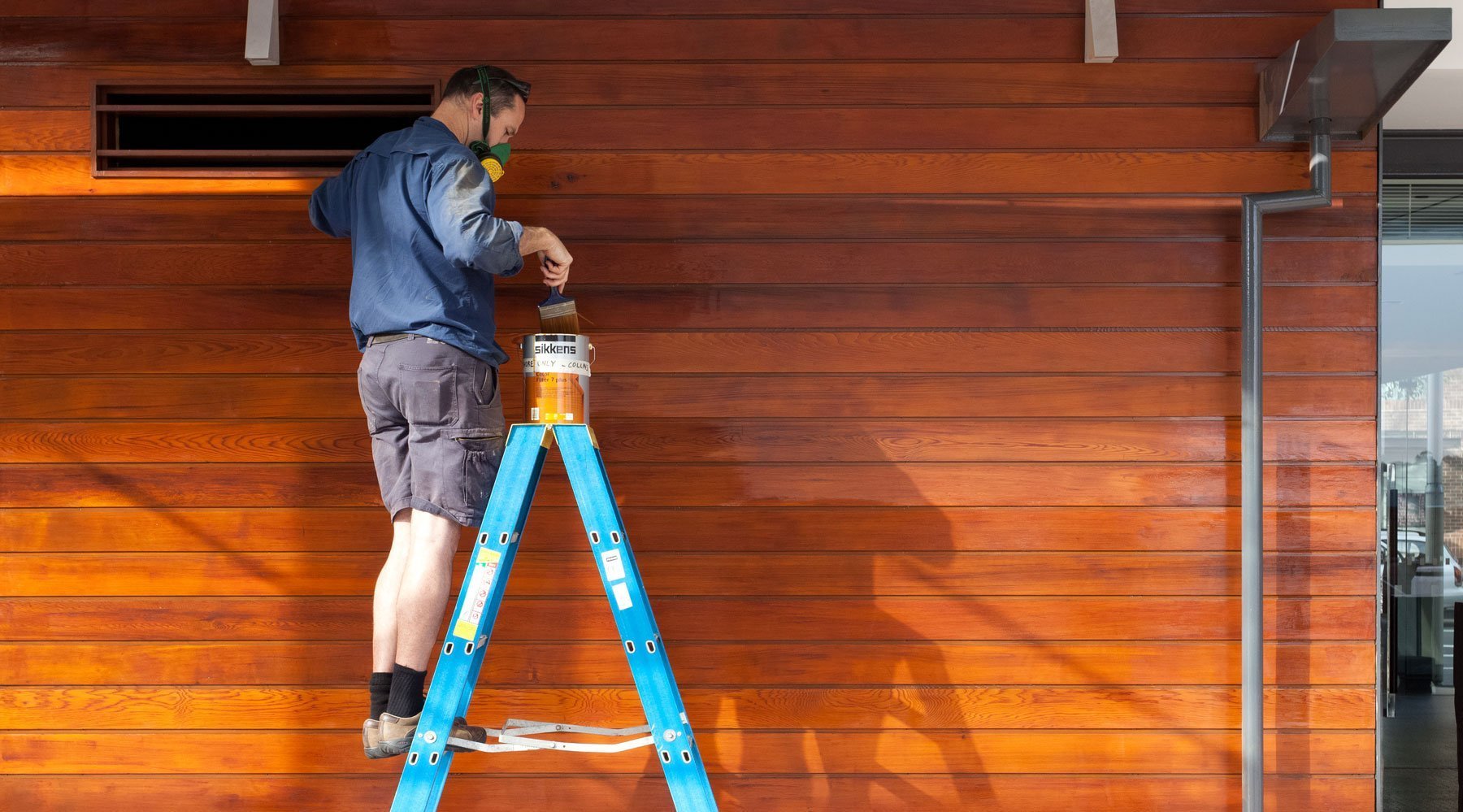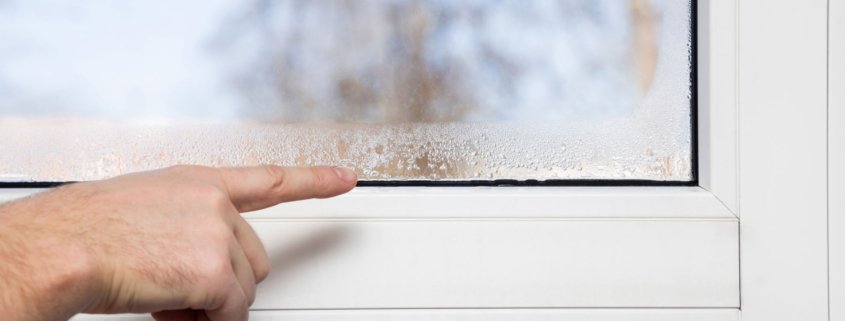Waterproofing Your Residence: Think Like A Raindrop
Water is one of the most insidious sources of damage to a home. It has a way of sneaking and seeping into the smallest of places, often without the homeowner being aware until the damage it has caused is readily apparent.
According to Harrell Design + Build’s CEO, Ciro Giammona, there are three primary causes of water damage to a residence:
- Failure by design
- Improper installation
- Deferred maintenance
Failure by Design
When building materials are used for the wrong purpose, or when the choice of materials isn’t suitable for the job at hand, the result can be considered failure by design. When choosing materials, it is critical to make sure to use the right ones for the job. For example, there are tiles for use on walls and tiles specifically made for flooring. Wall tile doesn’t have the same hardness and durability as floor tile and, if used in that capacity, it could fracture and create an inlet for water. Another misuse of materials is choosing wood that is not naturally resistant or treated to resist moisture and decay, and using it on decks and outdoor structures that are exposed to the elements.
Avoiding vital waterproofing steps like installing flashing around chimneys and skylights, or ensuring exterior surfaces slope away from your foundation are guaranteed ways to welcome unwanted water into your home. These and other “design flaws” are veritable invitations for water to come and stay awhile.
Improper Installation
There is a right and a wrong way to install most everything. A window is designed with an “inside” and an “outside” but, believe it or not, the Harrell Team has encountered a few that were literally inside-out! This extreme example of improper installation allows water to trickle into the walls, affecting the insulation, framing, and drywall. Exterior sprinklers directed toward your house, roofing materials and flashing improperly installed from the top down instead of bottom up, plumbing that isn’t suitably connected—all of these contribute to water intrusion in a home.

Deferred Maintenance
Every home, no matter how new or how old, needs to be maintained. Normal “wear and tear” along with varied exposure to the elements invites opportunities for moisture issues. By putting off necessary upkeep, especially those that are water-related, homeowners are setting themselves up for even more costly repairs down the road.
“Our team is frequently called to a home to repair something that, had it been addressed at the first sign of the issue, or even better, been properly maintained, would have cost much less money,” explains Ciro. “One rule of thumb is to budget about 1% of your home’s value every year on maintenance. It sounds like a lot but in the long run, maintaining is much less expensive than repairing a major problem.”
For example, when paint begins to crack, flake, or peel, water can creep behind the protective barrier it provides and be absorbed into your home’s siding or other porous materials. When the underlying materials are damp, the damage to surrounding areas will accelerate, resulting in more extensive repairs.
Properly maintaining you grout is another vital step to keeping moisture at bay. Unsealed grout, or grout that cracks and is not repaired can further deteriorate, causing water to seep through and behind the tile, causing damage to drywall, cabinetry, flooring, and more.

The good news is there are steps homeowners can take to waterproof their residences. The number one guideline is to stay on top of maintaining your home, addressing issues before they become problems.
“If you see areas of your home where the paint is peeling, you can often touch it up and extend the life of your exterior paint,” Ciro advises. “I also highly recommend that homeowners check under their sinks. It’s not a place you look often but a slow drip can easily go unnoticed until flooring and cabinets are damaged.”
Ciro also suggests having a licensed roofing company inspect your roof during the warmer months and preemptively fix any issues they discover, such as tree branches in contact with the roof, rusting flashing, or loose shingles. If you have a basement or crawl space, grab a flashlight and go hunting for standing water or areas that appear damp. Caulking is another material that, although designed to be flexible, needs to be reapplied on a continual basis to ensure it continues to repel water.
“We have a client who, in the midst of a rainstorm, conducts what she calls a ‘rain walk.’ She heads outside and looks for things like overflowing gutters, water pooling near the foundation of the home, condensation on the insides of windows, or water that is getting into crawl spaces,” Ciro explains. “These rain walks really help her keep on top of potential issues early on.”
The team at Harrell Design + Build is here to help waterproof and maintain your home. By conducting annual walk-throughs, our experts identify potential issues and point out areas that require maintenance. This proactive approach appeals to many homeowners as it allows them to actively participate in the maintenance and repair plan as well as address concerns before they become costly repairs.
Interested in learning more about how to waterproof your home? Contact Harrell Design + Build to speak with one of our team members or to schedule your HOME WATERPROOFING MAINTENANCE WALK-THROUGH.






